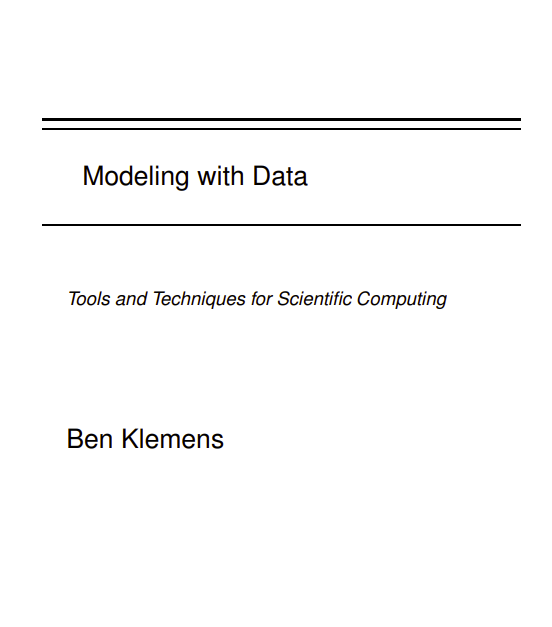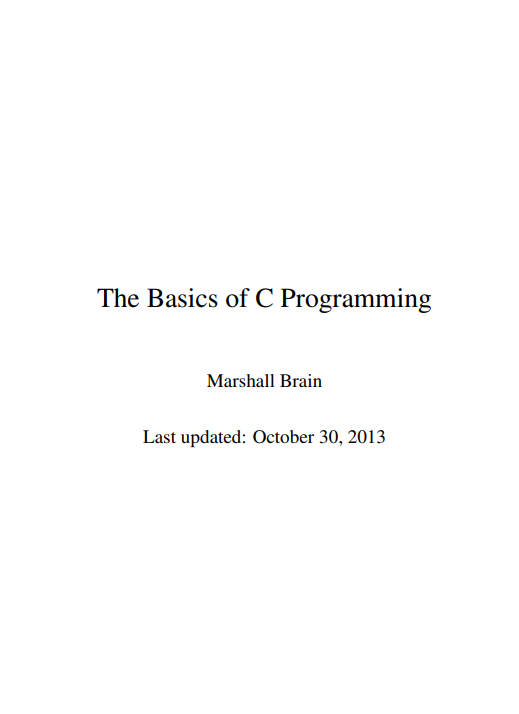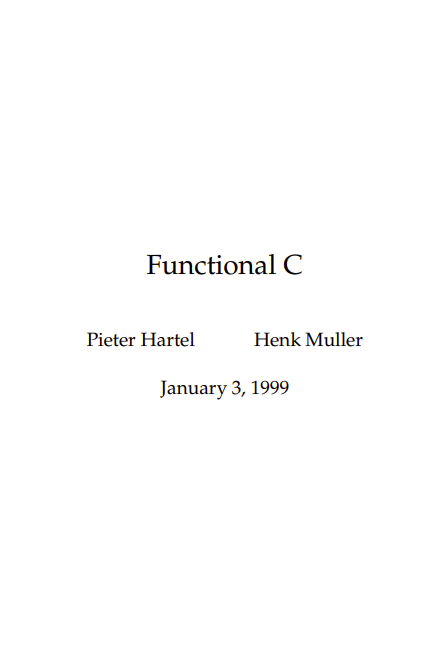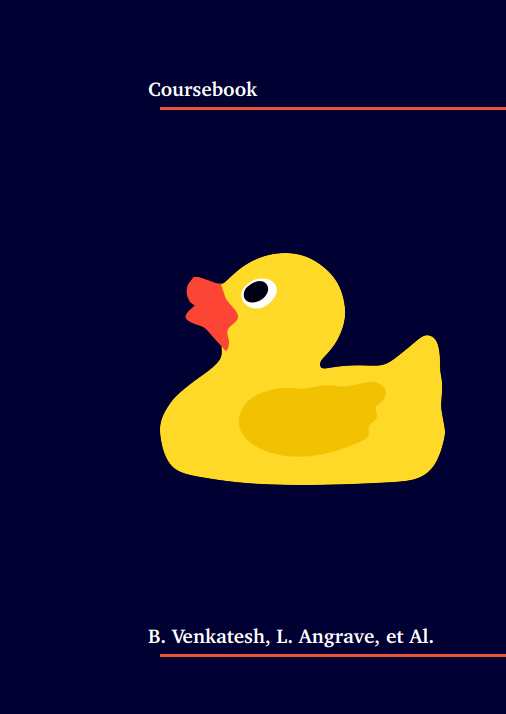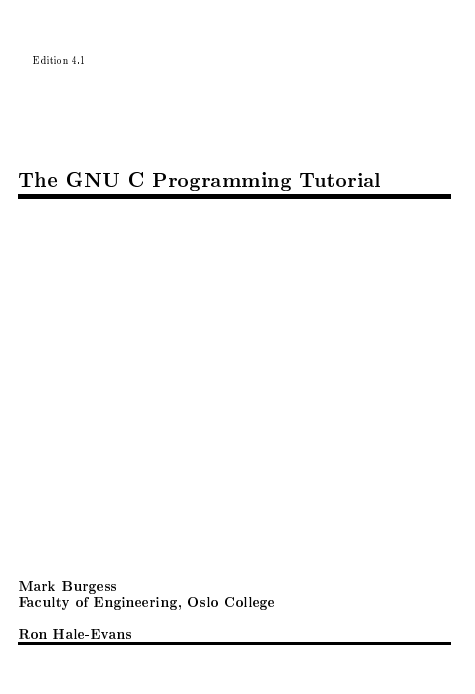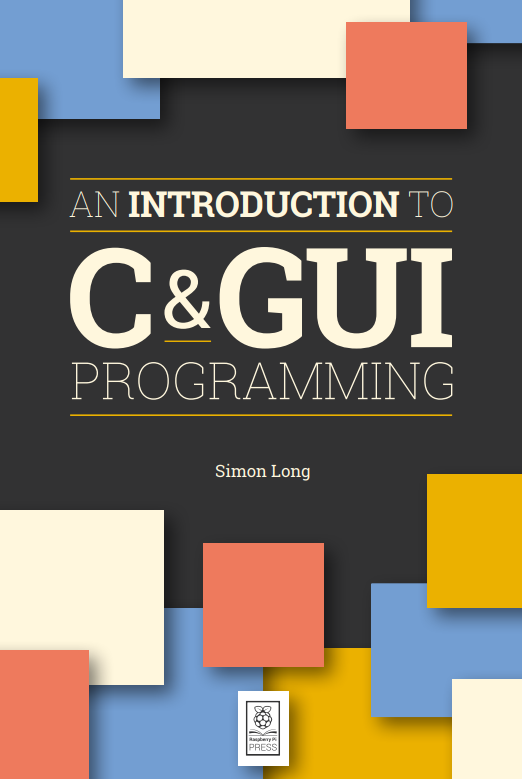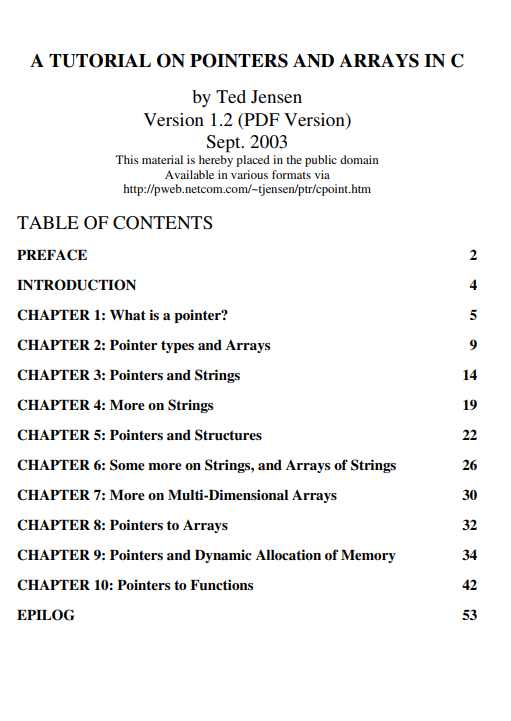STATISTICS IN THE MODERN DAY
Statistical analysis has two goals, which directly conflict. The first is to find patterns in static: given the infinite number of variables that one could observe, how can one discover the relations and patterns that make human sense? The second goal is a fight against apophenia, the human tendency to invent patterns in random static. Given that someone has found a pattern regarding a handful of variables, how can one verify that it is not just the product of a lucky draw or an overactive imagination?
Or, consider the complementary dichotomy of objective versus subjective. The objective side is often called probability; e.g., given the assumptions of the Central Limit Theorem, its conclusion is true with mathematical certainty. The subjective side is often called statistics; e.g., our claim that observed quantity A is a linear function of observed quantity B may be very useful, but Nature has no interest in it.
This book is about writing down subjective models based on our human understanding of how the world works, but which are heavily advised by objective information, including both mathematical theorems and observed data.
The typical scheme begins by proposing a model of the world, then estimating the parameters of the model using the observed data, and then evaluating the fit of the model. This scheme includes both a descriptive step (describing a pattern) and an inferential step (testing whether there are indications that the pattern is valid). It begins with a subjective model, but is heavily advised by objective data.
